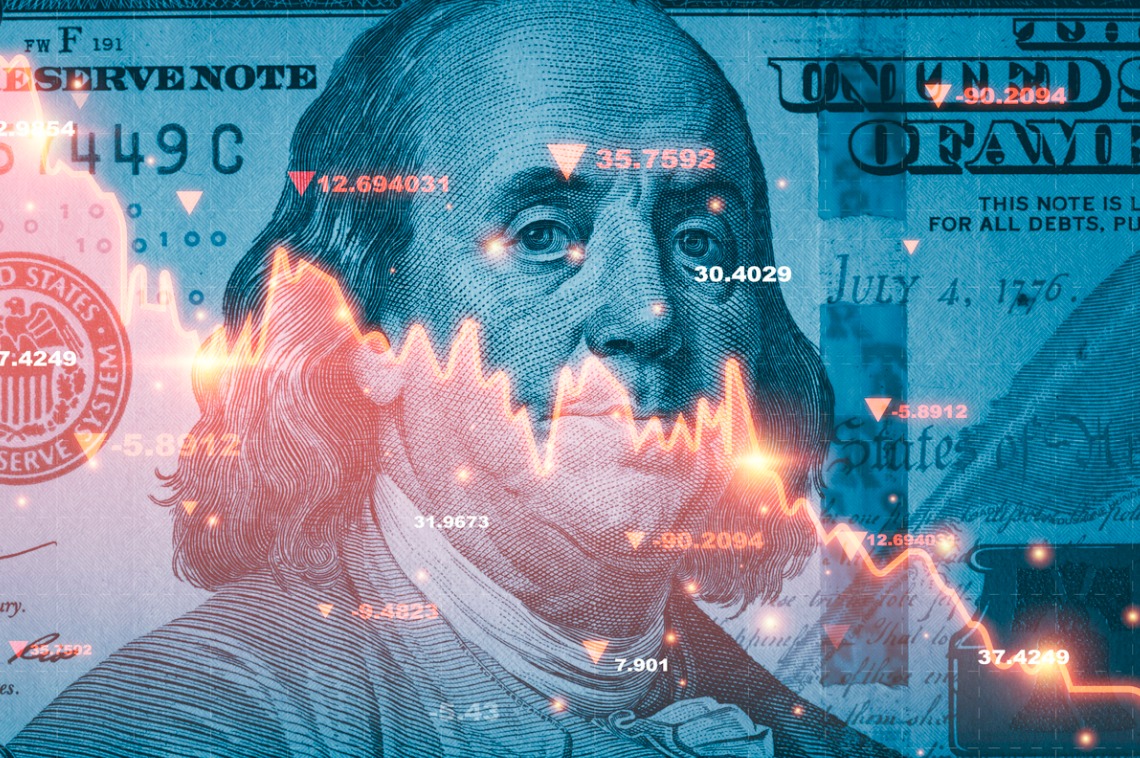The Leading Economic Index (LEI) fell 0.3% in March to 102.4, a reverse from February’s slight increase, according to the latest release from The Conference Board.
March’s LEI is down 2.2% over the six-month period between September 2023 and March 2024—down from its 3.4% contraction over the previous six months.
February’s 0.2% increase was the first increase seen in readings since February 2022. While signs began to point to a stronger economy and a possible decrease in inflation, the Fed has continued to hold rates steady—as it hasn’t found enough evidence yet for a decrease. And this month’s LEI reading appears to solidify that guidance.
“February’s uptick in the U.S. LEI proved to be ephemeral as the Index posted a decline in March,” said Justyna Zabinska-La Monica, senior manager of Business Cycle Indicators at The Conference Board. “Negative contributions from the yield spread, new building permits, consumers’ outlook on business conditions, new orders and initial unemployment insurance claims drove March’s decline.”
On the other hand, the Coincident Economic Index increased 0.3% to 112, following an increase of 0.1% in February. The index is now up 0.6% over the current six-month period—down from its 0.9% growth over the previous six months.
The Coincident Economic Index’s indicators—payroll employment, personal income less transfer payments, manufacturing trade and sales, and industrial production—are included among the data to determine a recession. All four components of the index improved last month.
The Lagging Economic Index remained unchanged at 119, following a 0.3% increase in February. The index is up 1% over the current six-month period, after recording no growth over the previous six months.
“The LEI’s six-month and annual growth rates remain negative, but the pace of contraction has slowed. Overall, the Index points to a fragile—even if not recessionary—outlook for the U.S. economy. Indeed, rising consumer debt, elevated interest rates and persistent inflation pressures continue to pose risks to economic activity in 2024,” continued Zabinska-La Monica. “The Conference Board forecasts GDP growth to cool after the rapid expansion in the second half of 2023. As consumer spending slows, U.S. GDP growth is expected to moderate over Q2 and Q3 of this year.”
The LEI index is one of the key elements in an analytic system designed to signal peaks and troughs in the business cycle, constructed to summarize and reveal common turning points in the economy.
For the full report, click here.

